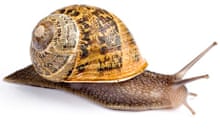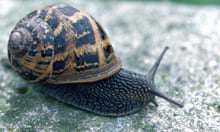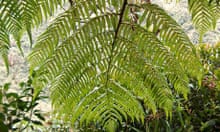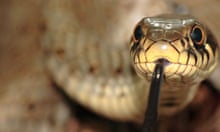You might think twice next time you snag a seashell from the beach and drop it into your pocket: you might be altering the seaside environment.
In a study more than 30 years in the making, researchers have found that the removal of shells from beaches could damage ecosystems and endanger organisms that rely on shells for their survival.
The study focused on a stretch of coastline on Spain's north-eastern Mediterranean shore called Llarga Beach, where the researchers conducted monthly surveys of seashell abundance between 1978 and 1981.
At the time they weren't thinking of ecology: they were doing palaeontology research, to understand what happens to shells after the organisms that inhabit them die.
"Only later did our research group realise that this quantitative data set offered us a unique opportunity to evaluate changes in shell abundance on a beach that was increasingly frequented by tourists," says study leader Michal Kowalewski, a curator at the Florida Museum of Natural History.
The researchers returned to the same beach three decades later. They found that the abundance of seashells had decreased by 60% while tourism had increased in the area by 300%. Even though other factors might play a role in the shells' decline, it is hard not to think that human behaviour is to blame for the decline in seashells.
Humans seem even more culpable when you add in the seasonal pattern: shell abundance – the researchers focused on the empty shells of three types of clams – was especially low in the tourist-heavy summer months of 2008 to 2010 compared with the rest of the year. In addition, the loss of seashells can't be attributed to fisheries, since the area hasn't seen any new commercial fisheries since the 1970s, the researchers found. Nor has there been much urban development. And there haven't been any major ecological or environmental changes that might account for the decline.
But could beachgoers who pocketed seashells – or bought them at beach shops – really account for what Kowalewski found? Probably not.
"Shell collecting by beachcombers is an intuitively obvious explanation," he says, "but many other processes with tourism can lead to removal or destruction of shells." Grooming the sand with heavy machinery to make a more comfortable beachgoing experience, for example, can destroy shells. Such grooming is common at tourist beaches around the world. Another way in which tourism contributes to shell decline, the study suggested, is through the use of recreation vehicles on the sand.

The decline in shell abundance in the summers of 2008, 2009 and 2010 – but not in the summers of 1978 to 1981 – provides a clue that heavy machinery may indeed bear a large proportion of the blame. "This is a peak of the tourist season," Kowalewski says, "but also the only time of the year when tractors with rakes are used regularly to clean the beach." Those tractors weren't in wide use in the late 1970s, which is probably why the summer changes weren't seen then, the authors of the study suggest. So while tourism may be at fault, it's not individual tourists who deserve the blame.
"The strength of the correlation between tourism and shell loss documented in our project is striking," Kowalewski says, but more research will be needed to see if the pattern holds up in other places. "We need case studies in other regions of the world to assess if these results apply as a generalisation."
Seashells are an important part of coastal ecosystems: they provide materials for birds' nests, a home or attachment surface for algae, sea grass, sponges and a host of other microorganisms. Fish use them to hide from predators, and hermit crabs use them as temporary shelters. The removal of large shells and shell fragments also has the potential to alter the rate of shoreline erosion.
Kowalewski would also like to see a comparison of the amount of shell material collected by beachcombers with the amount destroyed by heavy machinery and recreational vehicles. "[That] would allow us to identify key processes responsible for the observed shell loss in a given area," he says.
University of Arizona geosciences professor Karl W Flessa, who was not involved in the study, says the findings provide a warning. "I'd rather assume that there are consequences and be proven wrong than the other way around." It may be better to mitigate the damage being done to beaches – by imposing limits on beach grooming or rules against shell collecting, for example – than to wait to see just how bad it might get. "I'll keep my hands in my pockets the next time I go to the beach," he adds.
This article appeared in Guardian Weekly, which incorporates material from the Washington Post








Comments (…)
Sign in or create your Guardian account to join the discussion